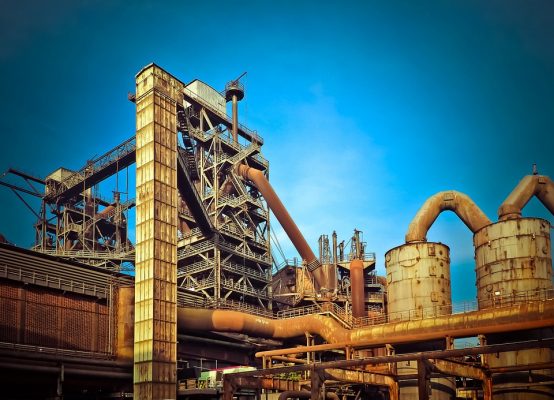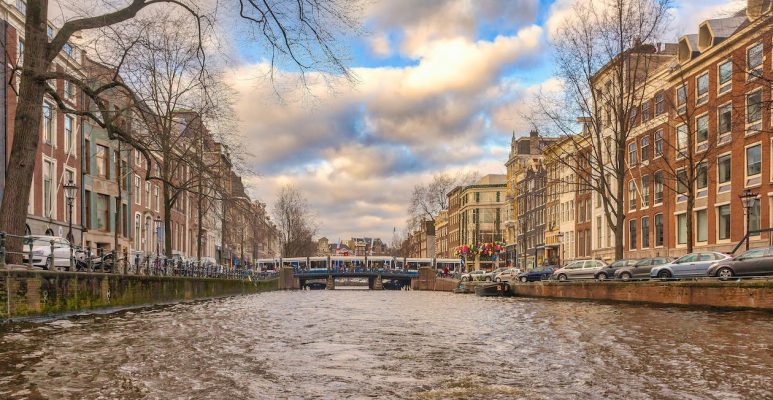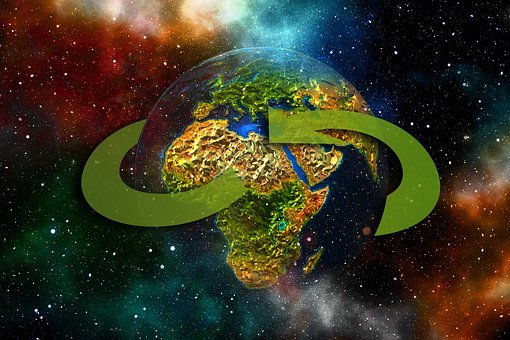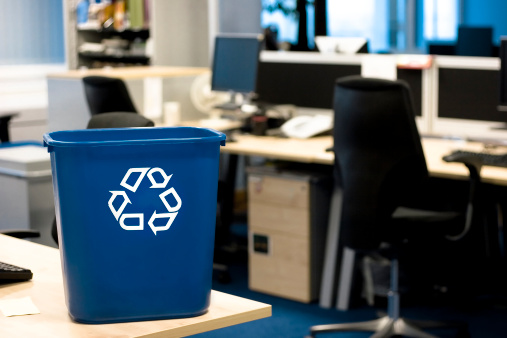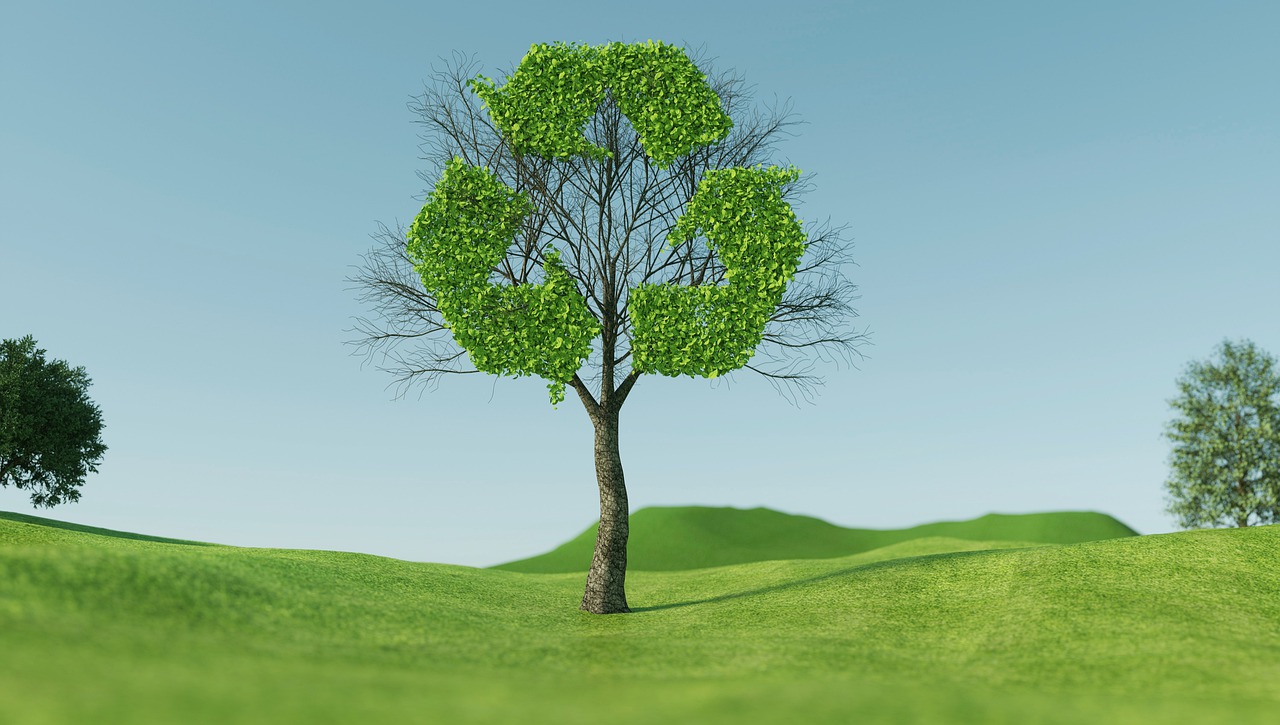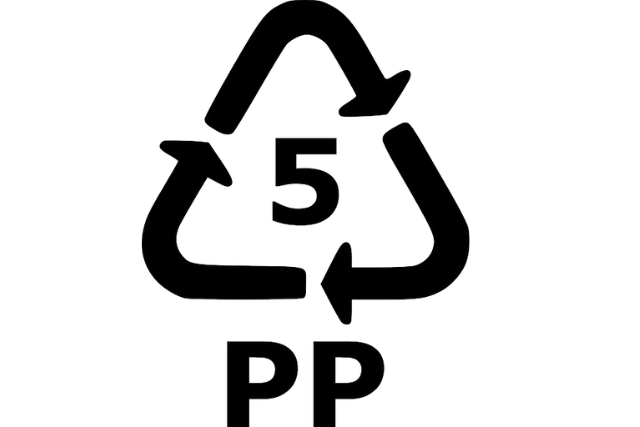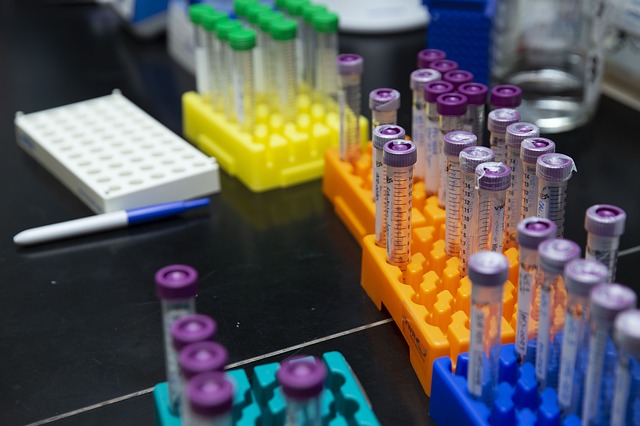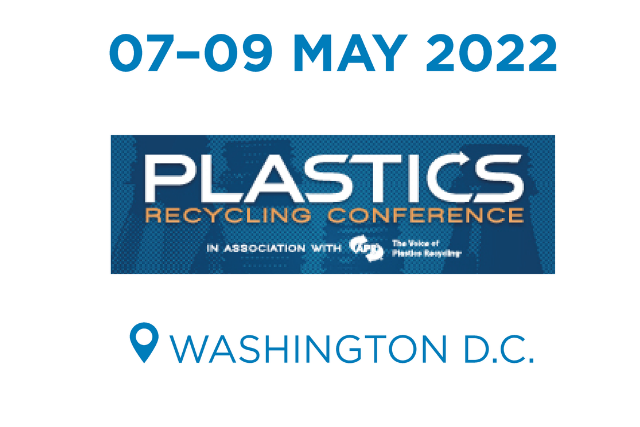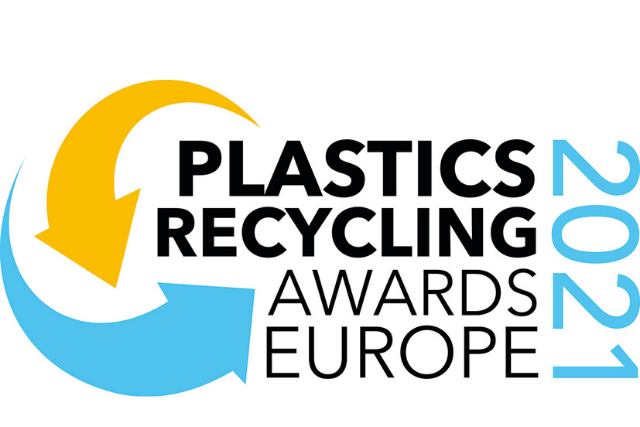HDPE stands for High Density Polyethylene. Although the most common usage area of HDPE is pipe production, it is also used in the packaging of cleaning agents. From this point of view, High Density Polyethylene is also a part of the daily routine of the end consumer.
Although its main name is High Density Polyethylene, HDPE has different sub-types according to its usage area. In terms of recycling, this means that different types will be subject to different recycling processes. While one of the recycling technologies provides high efficiency in recycling a certain type of HDPE, the same technology will not work as efficiently with a different HDPE subtype. We can even say this for the washing phase.
The same is true for extruders. Some recycling companies choose twin screw extruders during mixing and homogenization stages. However, there are companies that find single screw extruders more efficient.
The Recycling Prosesses of HDPE
Applications differ in terms of efficiency according to the type of HDPE and recycling stages. Melt filtration stages can be manual or automatic. However, there are some inadequacies in post-consumer HDPE recycling in manual application of slide plate type melt filter. Post-consumer HDPE is first washed. This is due to the relatively small size of the remaining contaminants from washing. Very fine filtration is required to purify the melt from such small contaminants.
Manual Screen Changers
Manual application, as the name suggests, requires manual intervention. The operator replaces the screen as contaminants cause clogging.
Most recycling companies prefer to use manual screen changers, relying on the high efficiency of the washing phase at the beginning. Because they have the idea that the percentage of contaminants in HDPE is low thanks to the efficiency of the washing step. However, automatic melt filtration may come to the fore in the future.
Contaminations rate, waste percentage and cost are topics that need to be carefully measured and calculated in detail. Measuring the pollution rate is a complex measurement. Given that it is not always possible to work with experts in this, the only measurement that can be made for a manual melt filter is to determine how often the mesh screen needs to be replaced.
Undoubtedly, the data obtained will be average. From a financial point of view, if screen replacement is needed in less than 20 minutes, automatic melt filtration should be used. The fact that the recycling company employs only one personnel for filter replacement ignores the benefits of technology, resulting in both resource wastage and inability to adequately benefit from the qualifications and potential of the relevant personnel. There is a more important problem than the manual system, which directly concerns the output quality and efficiency. Screen replacement by a human reduces efficiency. Because the human factor is a factor that increases the risk of error. Output pollutants may remain or the proportion of contaminants in the output may increase due to screen that is not changed in a timely and correct manner.
In addition to workforce employment, manual melt filtration has negative aspects in terms of cost, as well as technologically.
Mesh Screens
When we look at the general practice in the world, meshes are cleaned by burning and used again. However, this goes against the nature of the business. Because if we are talking about recycling, our recycling techniques and practices should not be harmful to the environment. In addition, we should not forget that the screens are made of woven metal wires. Metal wires are affected by heat, they undergo structural changes and loosen due to heat. The fact that metal wires are burned every time to get rid of the contaminants on them means that the filtration quality of the screens produced from these woven metal wires will decrease. Since the filtration quality will decrease a little more after each incineration cleaning, the amount of contaminant in the pellets with recycling output will increase. In other words, the output will not have a quality standard. The use of these low quality and non-standard pellets in film and pipe extrusion will be an important issue. Therefore, spare parts calculations are very important in manual filtration technology. It should not be theoretical, spare parts needs should be based on actual measurements. And most importantly, the reuse of mesh screens should not be included in the calculations.
The more realistic the calculations are, the more accurate results will be achieved and it will be easier to decide which technology is the right one.
There is no doubt that the need for mesh screens as spare parts in the manual screen changer melt filtration system is high. There are also costs for the operator as an employee, and at the end of the day, this system does not provide high efficiency and causes high costs. However, if we consider 20 minutes as the average replacement period, it can be difficult to procure a mesh screen of this quality on a regular basis. The contamination rate of HDPE or other types of plastics that are started to melt filtration may be so high that the screen may need to be changed every 5 minutes. In short, no matter how realistic the filtration cost calculations are, the actual cost will always be above the calculated average cost figure.
Rising and unbalanced costs, reduced productivity and poor quality. No matter what industry you operate in, this is not a good sign. This problem you are having with just your screen changer can be the main source of all this. In other words, while the melt is filtered, time, money and quality are also filtered.
There are two important aspects in melt filtering. The first of these is the type of material being processed. HDPE’s filtration is different from PET. The second important aspect is the expected filtration level. Therefore, melt filters must be adaptable to the type of plastic and filtration level. With the right filtration, it is really possible to get very high efficiency even at low pressures and extrusion temperatures with the right melt filters. The smaller the surface of the screen changer, the higher the temperature applied to the filter to facilitate the transition. Such plastic becomes more fluid and easier to pass through the filter.
Heat provides fluidity and ease of transition, but it structurally degrades the polymer. You can understand this from the color of HDPE at the end of the filtration. HDPE, which is white or transparent at the beginning of the filtration process, has a yellow color when the process is completed. A large-area melt filter will maintain the appropriate temperature and provide low operating pressure so that the HDPE taken into the recycling process does not deteriorate. The minimum pressure level required, whether manual or automatic, is 100 bar. When it comes to HDPE, we can never go below this pressure level. The way to protect the gear pump at these pressure levels is to install a protective screen changer with 400/500 micron filtration.
Extrusion Melt Pump
The purpose of the extrusion melt pump is to almost completely eliminate pressure variations, increase polymer efficiency and control the gauge with precision. Extrusion melt pump reduces die head inlet pressure fluctuations. It preserves the volume and integrity of the output. Thus, it provides high quality and more efficient output.
Laser Filtration Technologies for Recycling HDPE
Most of the recycling companies use automatic laser filtration technologies to recycle HDPE. While some of these companies use single extruders, others use twin-screw extruders. In other words, automatic laser filtration technologies are suitable for both extruders. This screen was formed into a filter using a laser. It is actually a steel disc, not a mesh. This disc was drilled with a laser. The holes drilled by the laser are not rectangular or square like woven metal mesh, they are round. This ensures the highest level of filtration quality.

